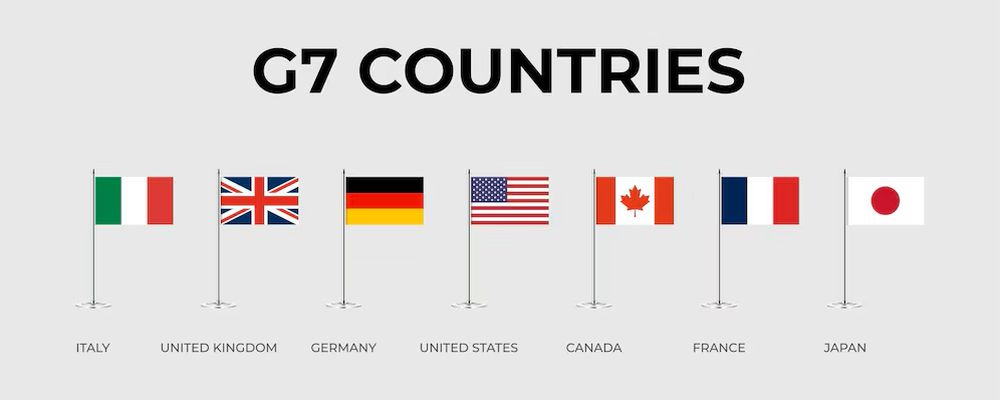The US economy has consistently outshined its G7 peers, and recent reports from the International Monetary Fund reinforce this. With a projected GDP growth of 2.8% this year, the US stands tall compared to the 0.9% average for other G7 countries. Rising inflation-adjusted wages and robust consumer spending, thanks to long-term investment, have been the major contributors to this economic strength.

A significant factor driving the US economy’s success is its productivity. American workers are more productive than those in Europe and Japan, producing $171,000 of goods and services per year on average. This productivity is not solely due to shorter vacations or fewer leisurely lunches. Instead, US companies have more resources to invest in innovation, thanks to lower energy costs and supportive government policies.

Technological advancements play a critical role in boosting productivity. US workers benefit from cutting-edge machinery, software, and corporate investments that make them more efficient. The tech sector, in particular, has flourished in this environment, spurring growth in other lucrative industries. The result? A dynamic, adaptable workforce that drives continued economic prosperity.

However, this rosy picture comes with a caveat: global productivity growth, including in the US, is on the decline. Economists are optimistic that AI could help reverse this trend by revolutionizing industries, but governments will need to create more competitive environments and offer more support to small businesses to ensure sustained productivity and economic growth in the future.

#USEconomy #Productivity #Innovation #G7 #EconomicGrowth #AI #Technology #BusinessEnvironment #GlobalEconomy
